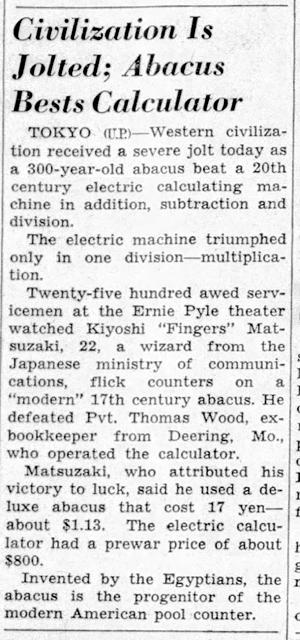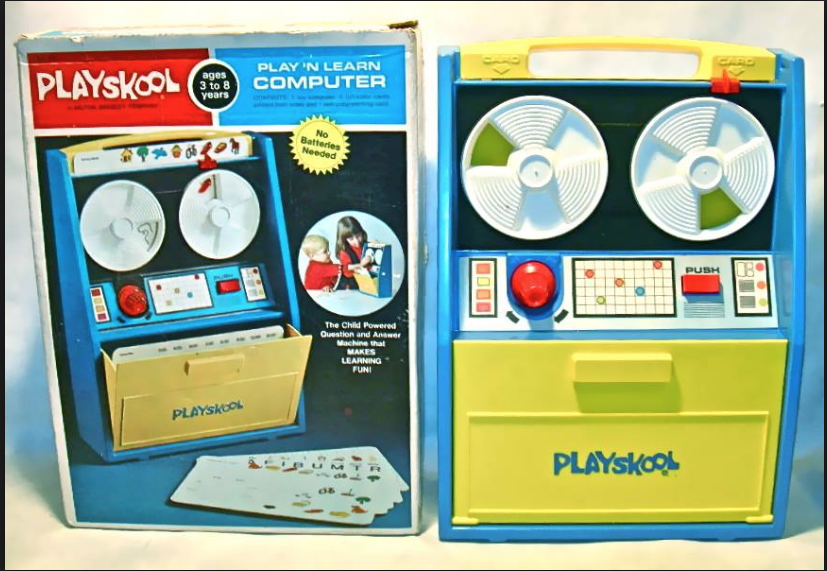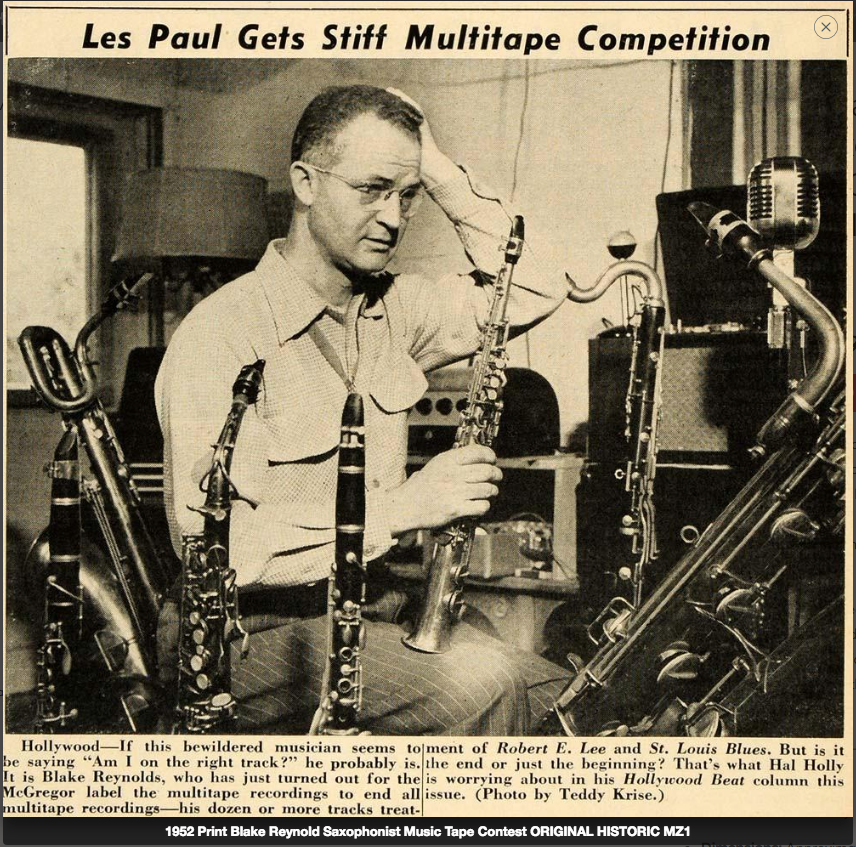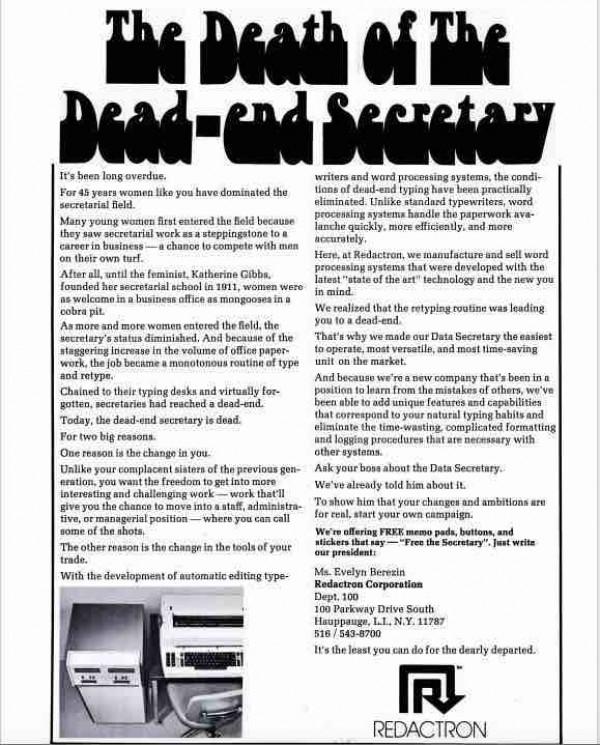Computers
Abacus vs. Calculator
Nov 1946: In a contest of old vs. new technology, the abacus beat a calculator in a contest of speed in all categories (addition, subtraction, and division) except multiplication.I'm assuming a modern computer should now be able to outperform an abacus, though I suppose it would depend on how quickly one can input the numbers.
More info: Abacus vs. the Electric Calculator

The Californian - Nov 11, 1946

Detroit Free Press - Nov 4, 1946
Posted By: Alex - Wed Dec 02, 2020 -
Comments (5)
Category: Technology, Computers, 1940s
Keyboard Jeans
A product concept from Dutch design company Nieuwe Heren. The wireless, flexible keyboard sewn into the jeans was fully functional. However, the jeans could not be machine washed.As far as I know, these remained a concept and never made it to market. But the company said that, if they were ever to sell these jeans, they'd price them at around £250 ($325).


Posted By: Alex - Sat May 23, 2020 -
Comments (7)
Category: Computers, Denim
Playskool Play ‘n’ Learn Computer
Same hardware that took Apollo to the moon!
Posted By: Paul - Sat Jun 01, 2019 -
Comments (0)
Category: Toys, Computers, 1970s
How to become a computer programmer—in 1969
The ad below ran in Esquire (and many other publications) in 1969. The pitch seems reasonable enough until you consider that home computers weren't introduced until the late 1970s. So how were people going to learn programming without a computer to practice on? According to the ad copy, students were expected to "train by mail."I wonder if anyone ever actually learned programming in this way?

Esquire - Jan 1969
Posted By: Alex - Thu May 30, 2019 -
Comments (9)
Category: Advertising, Computers, 1960s
“It will never become obsolete”
Atari ad from 1980.Technology companies should probably never claim that their products will never become obsolete.

via Book of Joe
Posted By: Alex - Wed May 01, 2019 -
Comments (1)
Category: Technology, Computers, Advertising, 1980s
Universal Everything
These CGI guys make some pretty weird videos.Superconsumers 1 from Universal Everything on Vimeo.
Emergence VR - Sundance trailer from Universal Everything on Vimeo.
Posted By: Paul - Wed Mar 06, 2019 -
Comments (0)
Category: Art, Surrealism, Computers, Special Effects
The Moniac
Created by William Phillips in the 1940s, the Moniac was a device that used water flowing through pipes to simulate how money moves around within the economy. From the NY Times:More info: wikipedia

The Sedalia Democrat - Dec 23, 1951
Posted By: Alex - Tue Nov 20, 2018 -
Comments (0)
Category: Technology, Computers, 1940s
Blake Reynolds, Early Overdubber
The studio processes of multitracking and overdubbing are commonplace now, a cinch with home digital tech. But in 1952, the notion that a single musician could create a recording where they played every single instrument--a la Prince--was rare and weird.Here's an early pioneer. Listen to his version of "Waiting for the Robert E. Lee" here.

Posted By: Paul - Fri Jul 13, 2018 -
Comments (1)
Category: Music, Technology, Computers, 1950s
The CGI of 1985
1985 Clio Award winning Television commercial done for Canned Foods Information Council by San Francisco ad agency of Ketchum Communications. [This] spot, "Brilliance," won in Computer Animation category and featured a voice-over by motion picture star, Kathleen Turner.
Posted By: Paul - Fri Jul 06, 2018 -
Comments (2)
Category: Anthropomorphism, Awards, Prizes, Competitions and Contests, Business, Advertising, Food, Robots, Computers, Special Effects, 1980s
Redactron Word Processor

Apparently, if you can believe the ad, this early feminist word-processor had the side-effect of liberating women.
Original ad here.
History here.
Posted By: Paul - Fri Nov 06, 2015 -
Comments (14)
Category: Business, Computers, 1970s, Women

| Who We Are |
|---|
| Alex Boese Alex is the creator and curator of the Museum of Hoaxes. He's also the author of various weird, non-fiction, science-themed books such as Elephants on Acid and Psychedelic Apes. Paul Di Filippo Paul has been paid to put weird ideas into fictional form for over thirty years, in his career as a noted science fiction writer. He has recently begun blogging on many curious topics with three fellow writers at The Inferior 4+1. Contact Us |




